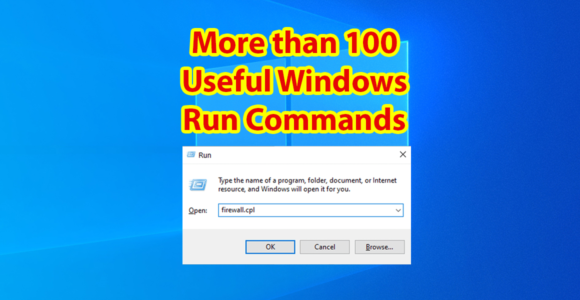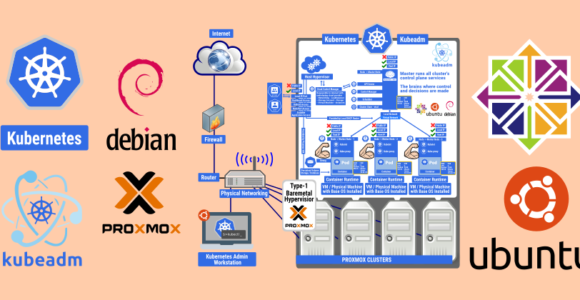
Computer Boot Loader
A boot loader, also called a boot manager, is a small program that places the operating system (OS) of a computer into memory. When a computer is powered-up or restarted, the basic input/output system (BIOS) performs some initial tests, and then transfers control to the Master Boot Record (MBR) where the boot loader resides. Most new computers are shipped with boot loaders for some version of Microsoft Windows or the Mac OS. If a computer is to be used with Linux, a special boot loader must be installed.
For Linux, the two most common boot loaders are known as LILO (LInux LOader) and LOADLIN (LOAD LINux). An alternative boot loader, called GRUB (GRand Unified Bootloader), is used with Red Hat Linux. LILO is the most popular boot loader among computer users that employ Linux as the main, or only, operating system. The primary advantage of LILO is the fact that it allows for fast boot-up. LOADLIN is preferred by some users whose computers have multiple operating systems, and who spend relatively little time in Linux. LOADLIN is sometimes used as a backup boot loader for Linux in case LILO fails. GRUB is preferred by many users of Red Hat Linux, because it is the default boot loader for that distribution.
GRUB stands for GRand Unified Bootloader. Its function is to take over from BIOS at boot time, load itself, load the Linux kernel into memory, and then turn over execution to the kernel. Once the kernel takes over, GRUB has done its job and it is no longer needed.
Most Linux computers use the Grand Unified Bootloader (GRUB) — more specifically, GRUB 2 — to control the handoff from the computer’s firmware to the kernel. GRUB 2 provides sophisticated boot-time user-interaction features that give you control over the boot process.
GRUB legacy (version 0.97) will be referred to as GRUB. To determine your version, use grub-install -V.
With the traditional BIOS GRUB, grub-install will (re)write the part of the GRUB embedded in the Master Boot Record, and encode into it the physical disk block numbers from where to read the next part of GRUB. It will also determine from which partition the actual GRUB configuration file ( /boot/grub/grub).
The graphical way
- Insert your Ubuntu CD, reboot your computer and set it to boot from CD in the BIOS and boot into a live session. You can also use a LiveUSB if you have created one in the past.
- Install and run Boot-Repair.
- Click “Recommended Repair”.
- Now reboot your system. The usual GRUB boot menu should appear.
- Menu will appear if you press and hold Shift during loading Grub, if you boot using BIOS. When your system boots using UEFI, press Esc .
- With BIOS, quickly press and hold the Shift key, which will bring up the GNU GRUB menu. (If you see the Ubuntu logo, you’ve missed the point where you can enter the GRUB menu.) With UEFI press (perhaps several times) the Escape key to get grub menu.
- The first line sets the partition that the root filesystem is on. The second line tells GRUB the location of the kernel you want to use. Start typing /boot/vmli , and then use tab-completion to fill in the rest.
- It is relatively easy to boot GNU/Linux from GRUB, because it somewhat resembles to boot a Multiboot-compliant OS.
- Set GRUB’s root device to the same drive as GNU/Linux’s. …
- Load the kernel: …
- If you use an initrd, execute the command initrd (see initrd) after kernel : …
- Finally, run the command boot (see boot).
Introduction.
GNU GRUB is a Multiboot boot loader. It was derived from GRUB, the GRand Unified Bootloader, which was originally designed and implemented by Erich Stefan Boleyn. Briefly, a boot loader is the first software program that runs when a computer starts.
There is no way to edit a file from the Grub prompt. But you don’t need to do that. As htor and Christopher already suggested, you should be able to switch to a text mode console by pressing Ctrl + Alt + F2 and log in there and edit the file.
Ensure that Secure Boot, Fast Boot, CSM in UEFI BIOS setup and Fast Startup in Win 10/8.1 are disabled and for the “Something else” install option, the “Device for boot loader installation” is the Windows EFI System Partition(= ESP = fat32/about 104MB) which is usually dev/sda1, or if unsuccessful select the whole disk .
No, you don’t need GRUB. You do need a bootloader. GRUB is a bootloader. The reason many installers will ask you if you want to install grub is because you might already have grub installed (usually because you have another linux distro installed and you’re going to dual-boot).
Key Terms:
- Computer Boot Loader ,
- Open Source Software




